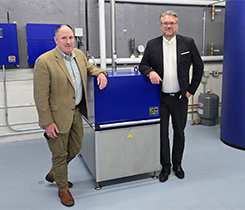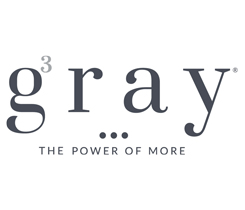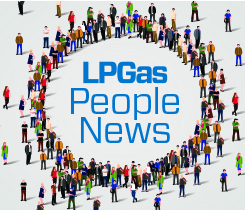US propane consumption reaches 18-year record in January
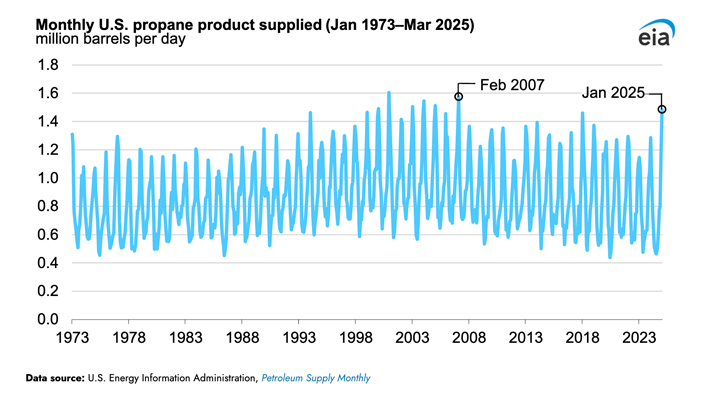
According to the U.S. Energy Information Administration (EIA), propane consumption in the U.S. reached 1.48 million barrels per day in January, the highest on-record consumption in that month since 2005.
The record was also the most for any month since February 2007, as plummeting temperatures affect heating demand across the country.
Because propane is mainly used for space heating during the winter months in the U.S., its consumption is closely tied to colder temperatures. This past January was the coldest month recorded in the U.S. since January 2014, which the EIA measured by heating degree days (HDDs).
January 2025 had 946 HDDs, only 26 less than recorded in January 2014. The cold weather this winter drove strong heating demand, causing propane prices to rise slightly and leading to increased residential propane expenses in the U.S. that month. Meanwhile, propane inventories in the U.S. decreased in January.
According to the EIA, U.S. propane storage injection season typically runs from April through October and is followed by a withdrawal season during the winter.
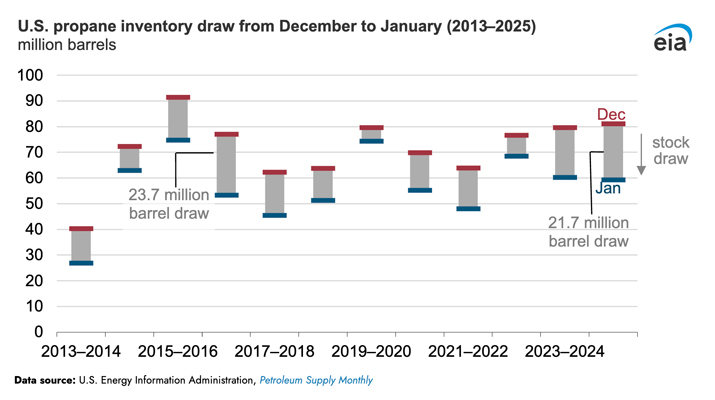
For most of the past heating season, propane inventories stayed above the five-year average (2020–24), with a stock of 98 million barrels heading into winter. Propane inventories dropped about 22 million barrels in January, the most since January 2017.
Propane inventories in the Midwest, the U.S. region with the highest demand for space heating, are at their lowest levels in over a decade after beginning the winter heating season at the top of the 10-year range. This region accounts for nearly one-third of the estimated 6.6 million U.S. households using propane for space heating fuel in 2024.
The EIA estimates 83 percent of propane consumption in the Midwest is for space heating, while the remaining 17 percent is used for non-heating demand.
In January 2014, which experienced even colder temperatures than this past January, cold weather-driven demand tightened the propane market in the Midwest after record-breaking propane consumption for grain drying in November 2013. According to the EIA, the tight market also exerted upward pressure on residential and wholesale propane prices that winter.
Record U.S. propane production at natural gas processing plants has increased domestic consumption and export levels. These exports have grown annually for the past 17 years, driven by increasing global demand for propane as a key petrochemical feedstock.









